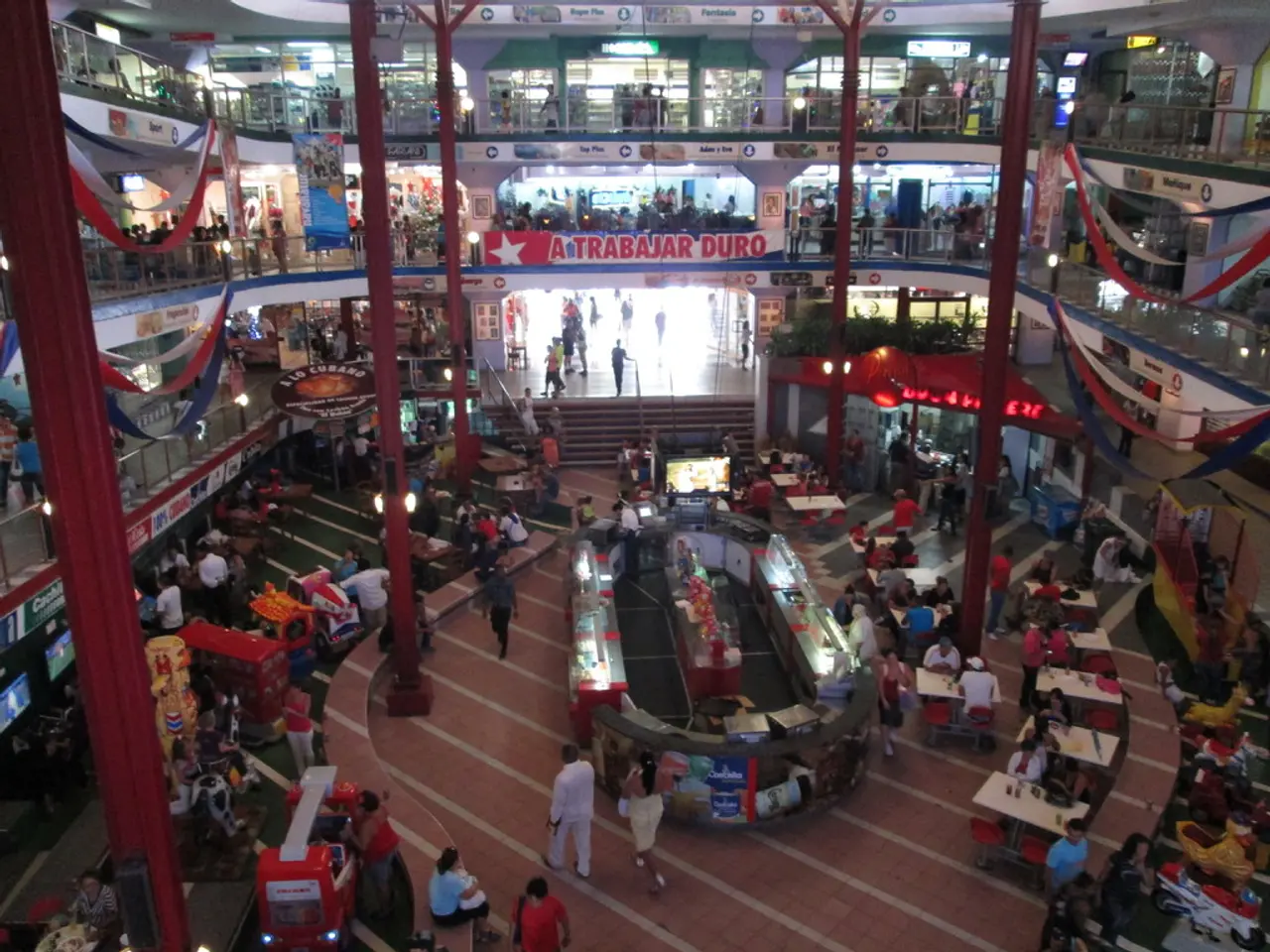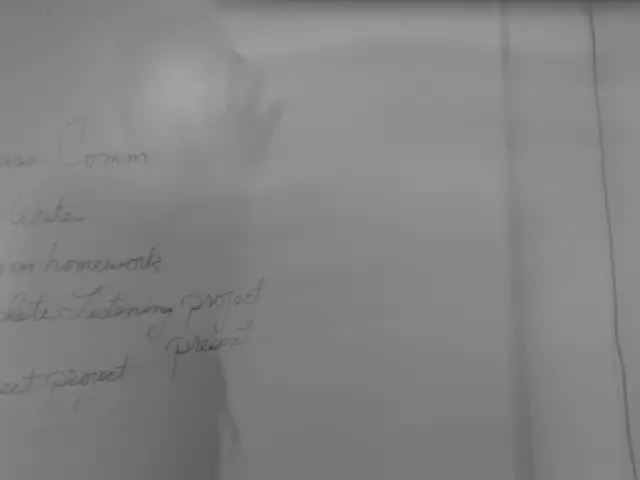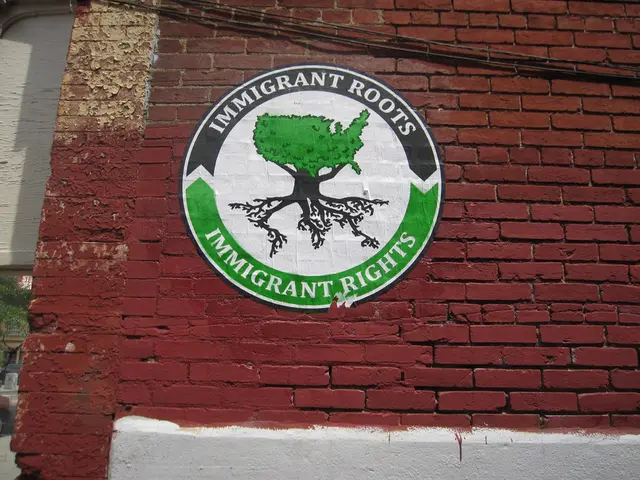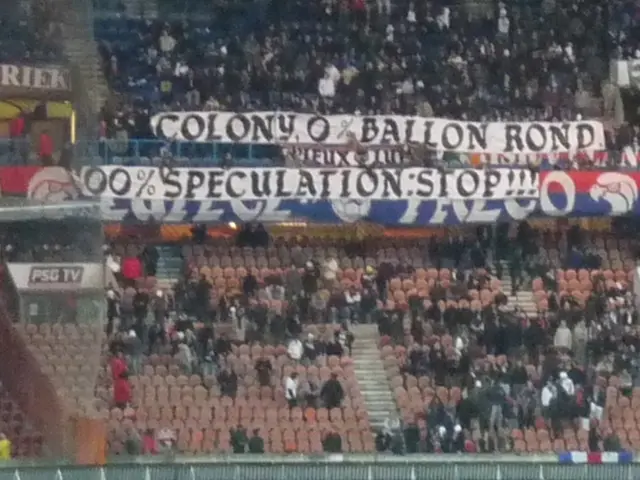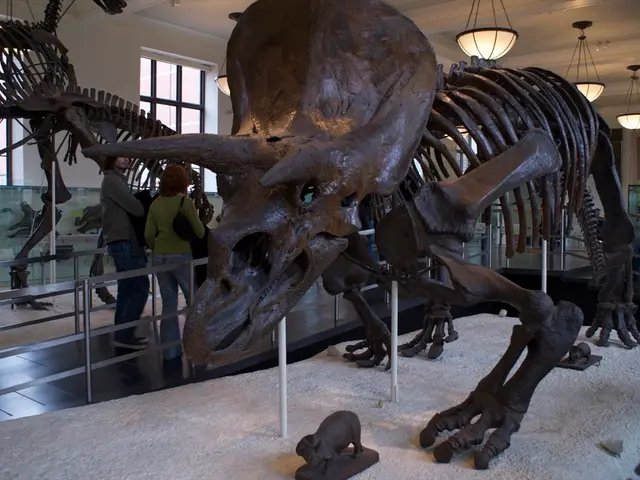Street artist Banksy resurfaces with contentious street art piece in London, prompting authorities to conceal it.
In the heart of London, a new piece of art has sparked debate and intrigue. On Monday, the facade of the Royal Courts of Justice building unveiled a mural by the enigmatic street artist, Banksy.
The artwork, reportedly created two days after the arrest of 900 people at the same location during a protest against the ban of the activist group Palestine Action, depicts a judge raising a gavel towards a protester lying on the ground with a blood-stained placard.
Banksy himself claimed the artwork on Instagram, interpreting it as a possible reference to the recent arrests. The mural, which depicts a judge and a protester, has been quickly covered by local authorities and is reported to be subject to removal.
The subject matter of the mural may be related to the recent protest. The protesters were rallying against the ban of Palestine Action, an activist group known for its controversial methods.
The appearance of the mural follows the arrests, which occurred two days prior during the protest. Local authorities have responded to a report about the artwork, and the potential removal of the mural has been reported by the BBC.
Despite the controversy, Banksy's work continues to captivate audiences worldwide, with his art often serving as a platform for commentary on societal issues. Whether the mural will remain or be removed, one thing is certain: it has already sparked a conversation about justice, protest, and freedom of expression in London.
